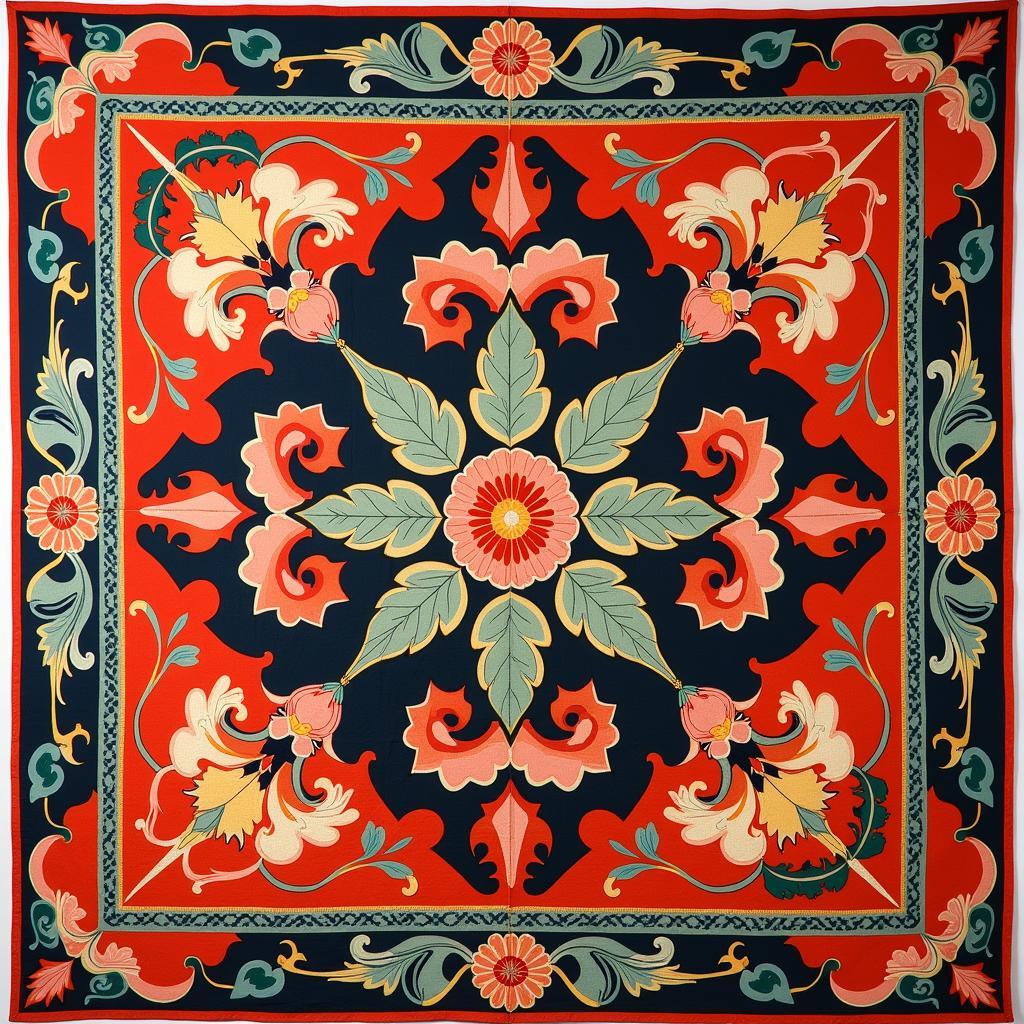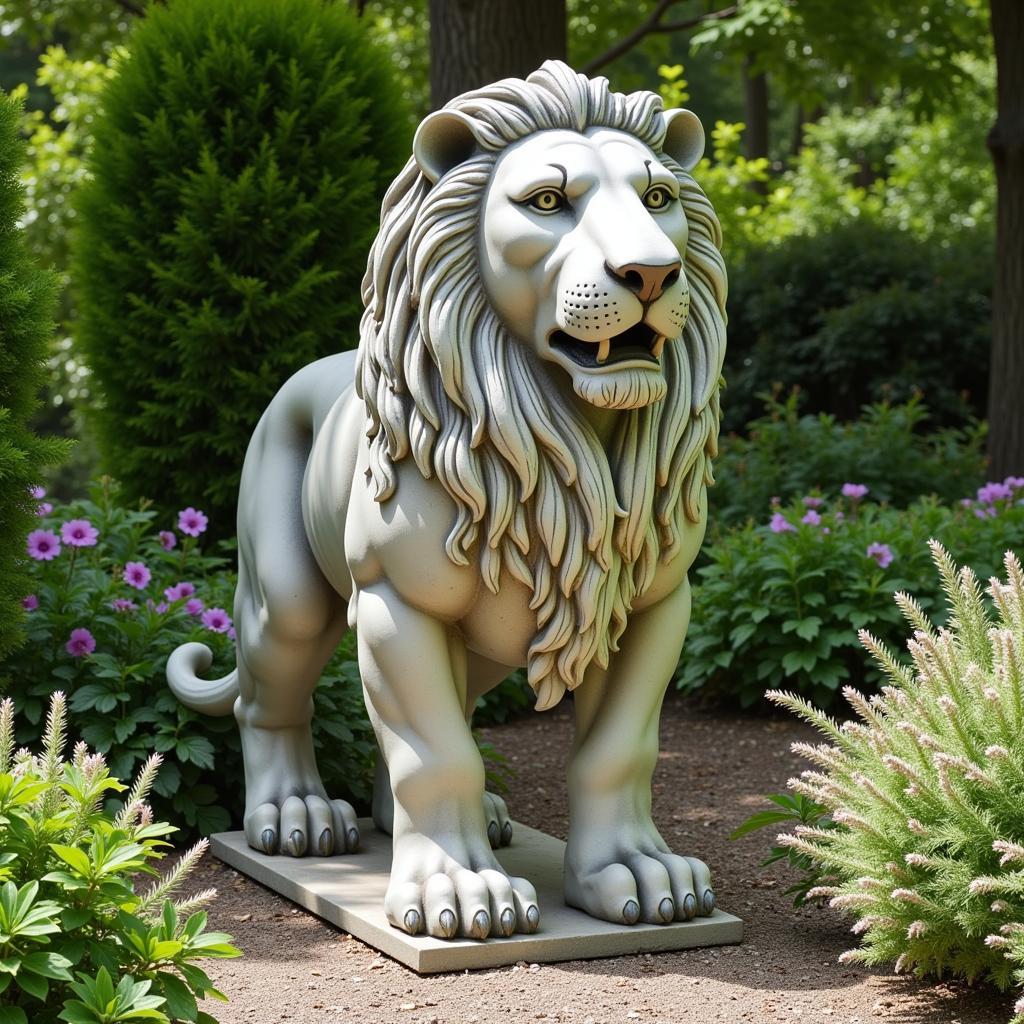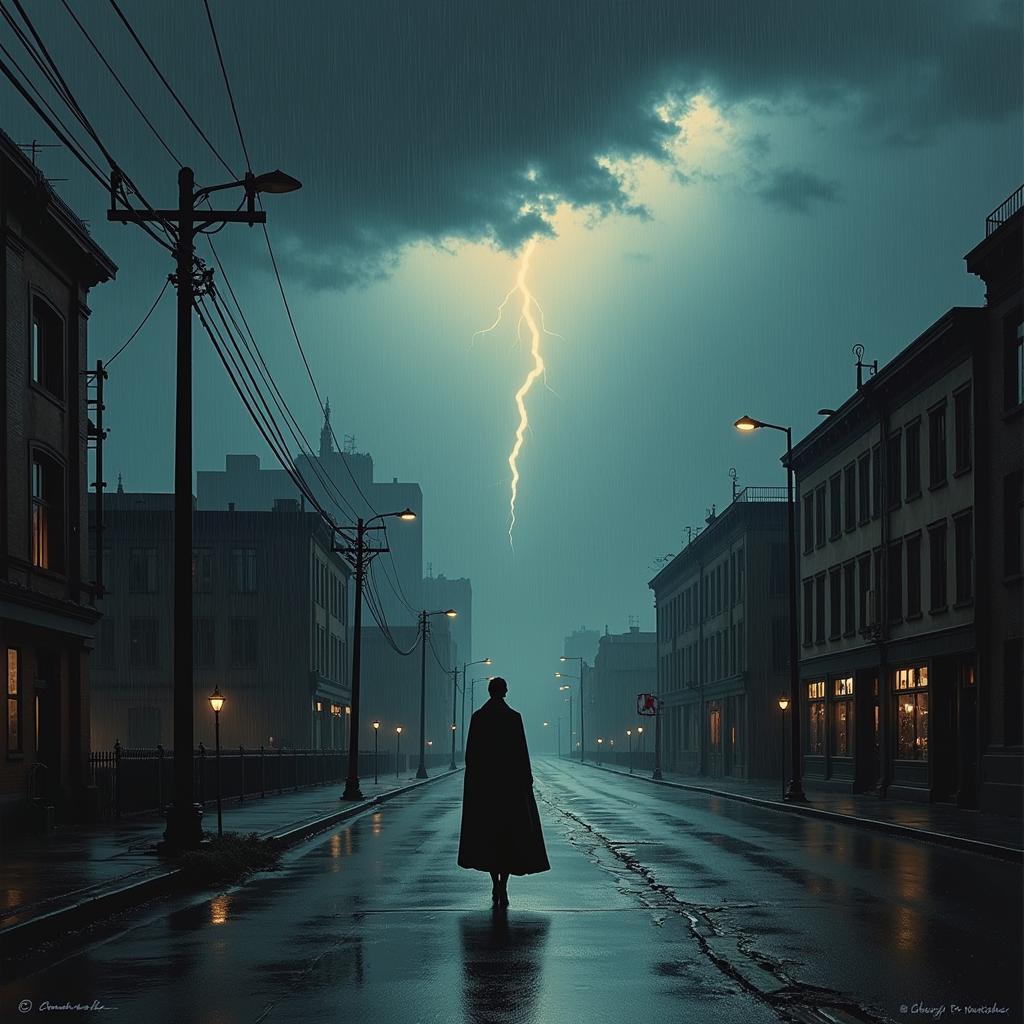Unveiling the Allure of Asian Art Deco
Asian Art Deco emerged as a captivating fusion of East and West, blending the geometric aesthetics of the Art Deco movement with the rich artistic traditions of Asia. This unique style, popularized in the 1920s and 1930s, manifested in various forms of art, architecture, and design, captivating audiences with its exotic allure and modernist sensibilities.
The Intriguing Intersection of Cultures
At its core, Asian Art Deco represents a dialogue between cultures. The Western Art Deco movement, characterized by its bold geometric shapes, opulent materials, and stylized motifs, found fertile ground in Asia, where it was embraced and reinterpreted through a local lens. This cross-cultural exchange resulted in a captivating hybrid style that celebrated both the modern and the traditional.
Signature Elements of Asian Art Deco
 Textile Design with Asian Art Deco Motifs
Textile Design with Asian Art Deco Motifs
Several key elements distinguish Asian Art Deco from its Western counterpart. These include:
-
Incorporation of Traditional Asian Motifs: Artists seamlessly integrated indigenous patterns, symbols, and iconography from their respective cultures. For instance, Chinese Art Deco often featured stylized dragons, lotus flowers, and auspicious cloud motifs, while Japanese Art Deco drew inspiration from nature, incorporating elements like cherry blossoms, cranes, and bamboo.
-
Use of Local Materials: The selection of materials played a crucial role in defining the aesthetic. Asian Art Deco often showcased locally sourced materials such as bamboo, lacquer, jade, and silk, adding a distinct regional flavor to the designs.
-
Adaptation to Local Architectural Styles: Architects skillfully blended Art Deco principles with traditional building techniques and layouts. This resulted in structures that harmoniously fused modern design elements with vernacular aesthetics.
Asian Art Deco Across the Continent
The influence of Asian Art Deco extended across various countries, with each region developing its unique interpretation of the style.
- China: Shanghai, in particular, became a hub for Art Deco architecture, with iconic buildings like the Cathay Theatre and the Park Hotel showcasing a blend of Chinese motifs and Art Deco grandeur.
- Japan: The movement manifested in various art forms, from graphic design and fashion to architecture and furniture. Japanese Art Deco often displayed a minimalist sensibility, emphasizing clean lines and natural forms.
- Vietnam: Hanoi and Ho Chi Minh City boast remarkable examples of Asian Art Deco architecture, showcasing a fusion of French colonial influences with Vietnamese decorative elements.
Why is Asian Art Deco Experiencing a Resurgence?
In recent years, there’s been a renewed interest in Asian Art Deco, with collectors, designers, and enthusiasts alike captivated by its unique blend of history, artistry, and cultural significance. This resurgence can be attributed to several factors:
- Growing Appreciation for Cultural Fusion: In an increasingly globalized world, Asian Art Deco’s ability to seamlessly blend diverse influences resonates with contemporary sensibilities.
- Nostalgia for a Bygone Era: The style evokes a sense of nostalgia for the glamour and sophistication of the 1920s and 1930s, a period marked by cultural exchange and artistic innovation.
- Timeless Aesthetic Appeal: The enduring elegance of Art Deco, combined with the distinct beauty of Asian motifs, continues to inspire contemporary artists and designers.
Conclusion
Asian Art Deco stands as a testament to the power of cultural exchange and artistic innovation. By embracing the essence of both East and West, this captivating style created a unique visual language that continues to inspire and captivate audiences worldwide. Its enduring legacy can be seen in the resurgence of interest in its various forms, reminding us of the timeless beauty that emerges when cultures converge.


